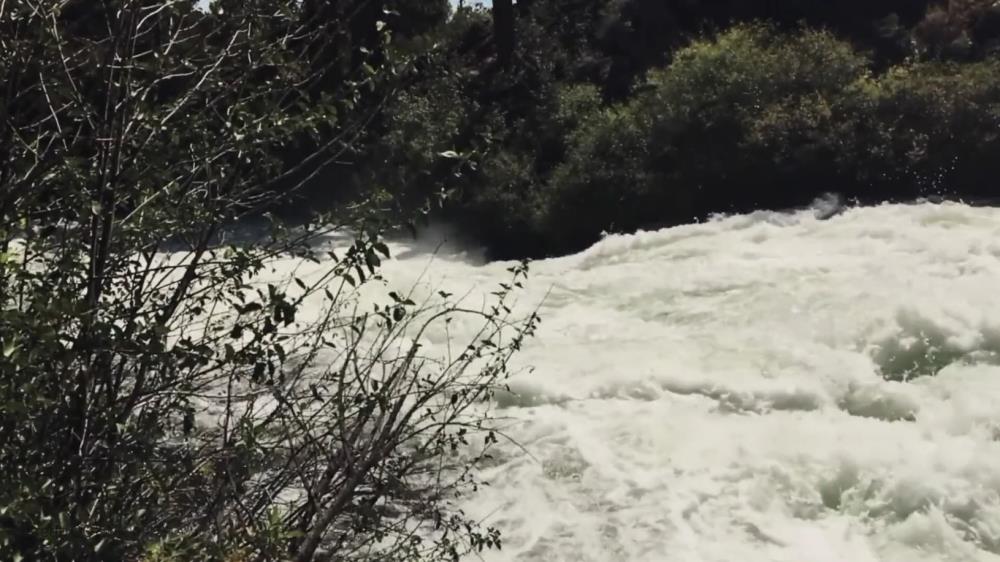
Related items loading ...
Section 1: Publication
Publication Type
Journal Article
Authorship
Ronnquist, A.L., and Westbrook, C.J.
Title
Beaver dams: how structure, flow state, and landscape setting regulate water storage and release
Year
2021
Publication Outlet
Science of the Total Environment, 785: 147333
DOI
ISBN
ISSN
Citation
Ronnquist, A.L., and Westbrook, C.J. 2021. Beaver dams: how structure, flow state, and landscape setting regulate water storage and release. Science of the Total Environment, 785: 147333,
https://doi.org/10.1016/j.scitotenv.2021.147333 .
Abstract
Beaver (Castor canadensis and Castor fiber) are regarded widely as ecosystem engineers and the dams they create are well-known for their ability to drastically alter the hydrology of rivers. As a result, beaver are increasingly being included in green infrastructure practices to combat the effects of climate change and enhance ecosystem resilience. Both drought and flood mitigation capabilities have been observed in watersheds with beaver dam structures; however, how dams possess contrasting mitigation abilities is not fully understood since most studies neglect to acknowledge variation in beaver dam structures. In this study, an extensive cross-site survey of the physical and hydrologic properties of beaver dams was conducted in the Canadian Rocky Mountains in Alberta. This research aimed to improve the understanding of the hydrology of beaver dams by categorizing dams using their intrinsic properties and landscape settings to identify fundamental patterns that may be applicable across landscape types. The dam flow type classification from Woo and Waddington (1990) was evaluated in this new context and adapted to include two new flow types. The survey of intrinsic beaver dam properties revealed significant differences in dam structure across different sites. Physical differences in dam structure altered the dynamics and variance of pond storage and certain dam attributes related to the landscape setting. For instance, dam material influenced dam height and water source influenced dam length. However, a closer analysis of large rain events showed that the physical structure of dams alters seasonal dynamics of pond storage but not the response to rain events. Overall, this research shows that beaver dams can be both structurally and hydrologically very different from each other. Establishing broadly applicable classifications is vital to understanding the ecosystem resilience and mitigation services beaver dams provide.
Plain Language Summary
Section 2: Additional Information
Program Affiliations
Project Affiliations
Submitters
Publication Stage
Published
Theme
Presentation Format
Additional Information
Mountain Water Futures , Refereed Publications


 GWFNet
GWFNet Master
Master Data
Data Research
Research Map
Map
 Advanced
Advanced Tools
Tools
 . . .
. . .
 Metadata Editor
Metadata Editor
 Record List
Record List
 Alias List Editor
Alias List Editor
 Legacy sites
Legacy sites